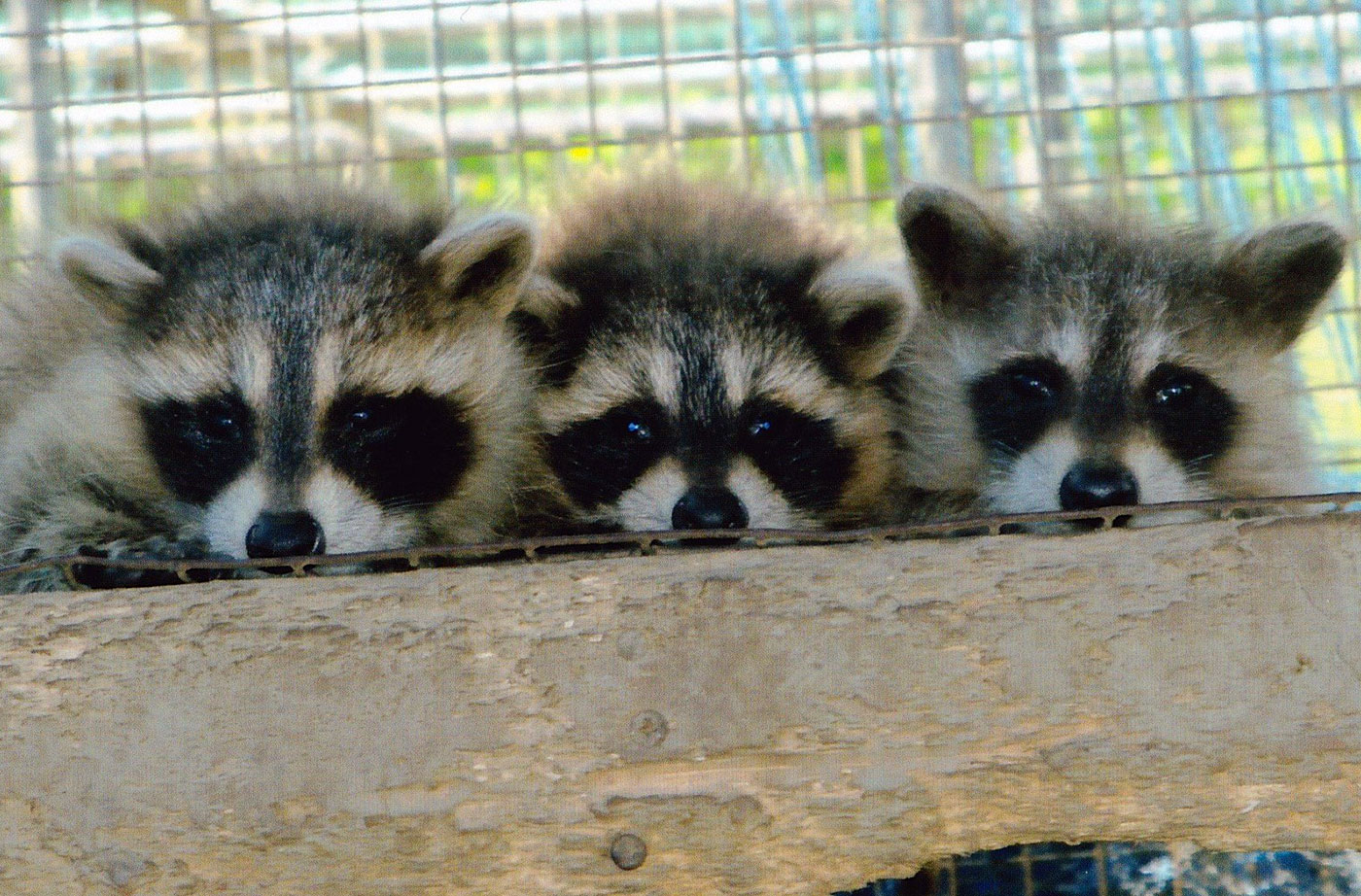*Please note that this piece was written before the COVID-19 pandemic. We are not encouraging people to go out to shop for any of the items mentioned in this edition of Critter Chatter.
If we’re to believe the groundhog’s prediction that spring will come early this year, it seems appropriate to share a post written by Carleen Cote, published in May 1997. Seasons change, but often planning for the next one remains the same.
I leave it to Carleen to remind readers what March is like for wildlife rehabbers:
“During the cold, snowy days of winter, gardening aficionados are known to gather around them vegetable and flower catalogs with color photos of wonderful succulent vegetables and beautiful flowers, and sit down to dream of warmer days when they can go outside and get that rich garden soil under their fingernails. This is the time of year when we gather the animal care equipment catalogs to determine what we’ll need to care for the wild critters that will begin to arrive with those wonderful warm spring days! Unlike the gardeners who know exactly what they want to plant in their gardens, we deal with the unknown: which little critters will arrive, how many will we get, what will be their ages, and what treatments will be necessary?
We know we’ll need to stock up on milk replacers for the rodents, carnivores, and fawns. Since these milk replacers are somewhat different in composition from mothers’ milk, we have to anticipate that there might be intestinal upsets leading to diarrhea. Untreated diarrhea can lead to dehydration and even death, so we must have a supply of anti-diarrhea medication, electrolytes, and acidophilus (both paste and powder). These not only stop diarrhea, but re-establish a balance of essential fluids and beneficial bacteria in the gut so foods can be digested.
We try to anticipate the types of injuries we might encounter and what medications we will need: antibiotics (powdered, liquid, spray, and creams), mange treatment (dips and sprays), powders and sprays for fleas, ticks, and lice; bandaging materials for wounds; and cleaning, disinfecting, and deodorizing solutions for cleaning pens and cages.

For the many newborns that arrive at the rehab center, we’ll need nipples of various sizes, especially for fawns: softer ones at first, then stiffer ones for when their suckling power increases, to prevent their choking if the milk flows in too much, too fast. We prefer to use a syringe with a special nipple rather than a pet nursing bottle for all animals except fawns. So, how many syringes to order? Some years we’ve used up to 100!
Next, we shop for the birds that will find shelter with us. On the list are meal worms, dog food, crickets, mice, all varieties of berries and other fruits, bird seed, and scratch feed.
We can’t forget the items to protect the human caregivers: disposable rubber gloves (by the case); gloves to provide protection from bites, scratches, and raptor talons; antibacterial hand soaps; and band aids. One of our most important protectants: every two years we get pre-exposure rabies vaccinations.
The items are selected, ordered, and paid for by the end of March so that everything will be in place to care for those first little critters which arrive in spring and depend on us for care and nourishment until they are released back into the wild.”
Donald Cote operates the Duck Pond Wildlife Care Center on Rte 3 in Vassalboro. It is a nonprofit federal and state permitted rehab facility, which is supported by his own resources and outside donations. Mailing address: 1787 North Belfast Avenue, Vassalboro, ME 04989 Phone: (207) 445-4326. Email: thewildlifecarecenter@gmail.com










Leave a Reply